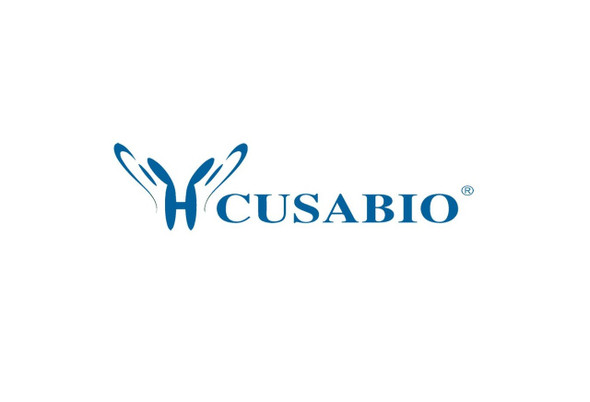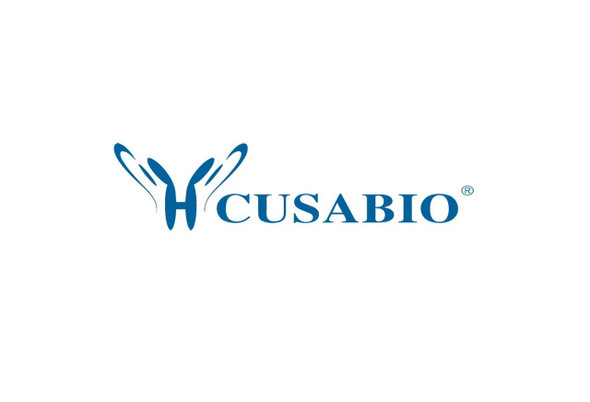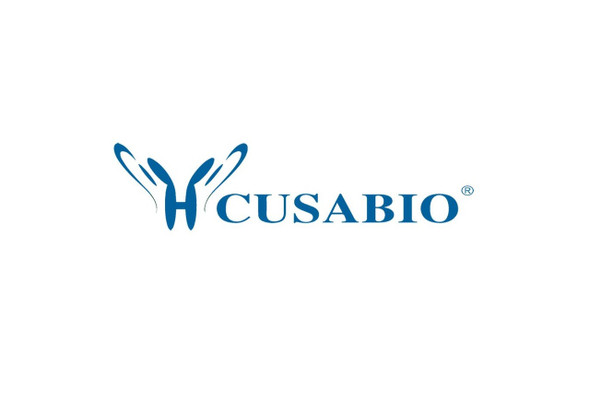Cusabio Human Recombinants
Recombinant Human Transcription factor PU.1 (SPI1) | CSB-EP022567HU
- SKU:
- CSB-EP022567HU
- Availability:
- 3 - 7 Working Days
Description
Recombinant Human Transcription factor PU.1 (SPI1) | CSB-EP022567HU | Cusabio
Alternative Name(s): 31KDA-transforming protein
Gene Names: SPI1
Research Areas: Immunology
Organism: Homo sapiens (Human)
AA Sequence: MLQACKMEGFPLVPPPSEDLVPYDTDLYQRQTHEYYPYLSSDGESHSDHYWDFHPHHVHSEFESFAENNFTELQSVQPPQLQQLYRHMELEQMHVLDTPMVPPHPSLGHQVSYLPRMCLQYPSLSPAQPSSDEEEGERQSPPLEVSDGEADGLEPGPGLLPGETGSKKKIRLYQFLLDLLRSGDMKDSIWWVDKDKGTFQFSSKHKEALAHRWGIQKGNRKKMTYQKMARALRNYGKTGEVKKVKKKLTYQFSGEVLGRGGLAERRHPPH
Source: E.coli
Tag Info: N-terminal 6xHis-tagged
Expression Region: 1-270aa
Sequence Info: Full Length
MW: 35.1 kDa
Purity: Greater than 85% as determined by SDS-PAGE.
Relevance: Binds to the PU-box, a purine-rich DNA sequence (5'-GAGGAA-3') that can act as a lymphoid-specific enhancer. This protein is a transcriptional activator that may be specifically involved in the differentiation or activation of macrophages or B-cells. Also binds RNA and may modulate pre-mRNA splicing
Reference: "The human homologue of the putative proto-oncogene Spi-1: characterization and expression in tumors." Ray D., Culine S., Tavitian A., Moreau-Gachelin F. Oncogene 5:663-668(1990)
Storage: The shelf life is related to many factors, storage state, buffer ingredients, storage temperature and the stability of the protein itself. Generally, the shelf life of liquid form is 6 months at -20?/-80?. The shelf life of lyophilized form is 12 months at -20?/-80?.
Notes: Repeated freezing and thawing is not recommended. Store working aliquots at 4? for up to one week.
Function: Binds to the PU-box, a purine-rich DNA sequence (5'-GAGGAA-3') that can act as a lymphoid-specific enhancer. This protein is a transcriptional activator that may be specifically involved in the differentiation or activation of macrophages or B-cells. Also binds RNA and may modulate pre-mRNA splicing (By similarity).
Involvement in disease:
Subcellular Location: Nucleus
Protein Families: ETS family
Tissue Specificity:
Paythway: Osteoclastdifferentiation
Form: Liquid or Lyophilized powder
Buffer: If the delivery form is liquid, the default storage buffer is Tris/PBS-based buffer, 5%-50% glycerol. If the delivery form is lyophilized powder, the buffer before lyophilization is Tris/PBS-based buffer, 6% Trehalose, pH 8.0.
Reconstitution: We recommend that this vial be briefly centrifuged prior to opening to bring the contents to the bottom. Please reconstitute protein in deionized sterile water to a concentration of 0.1-1.0 mg/mL.We recommend to add 5-50% of glycerol (final concentration) and aliquot for long-term storage at -20?/-80?. Our default final concentration of glycerol is 50%. Customers could use it as reference.
Uniprot ID: P17947
HGNC Database Link: HGNC
UniGene Database Link: UniGene
KEGG Database Link: KEGG
STRING Database Link: STRING
OMIM Database Link: OMIM









